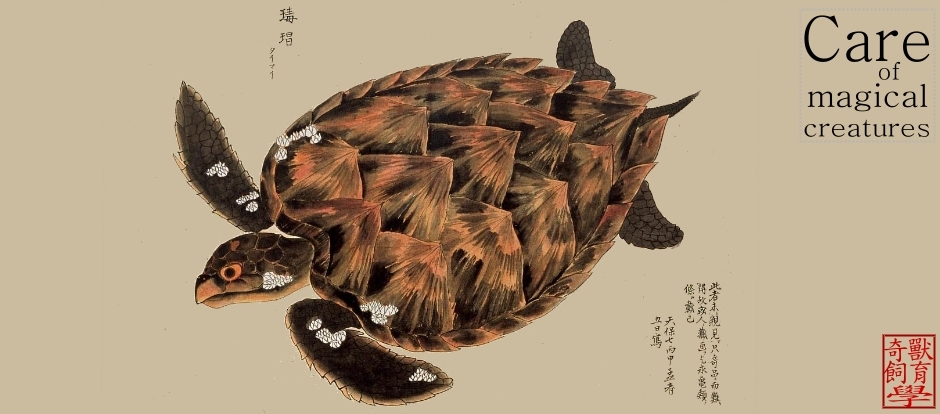
 Systematics and Biodiversity (2009), 7:81-92 Cambridge University Press
Systematics and Biodiversity (2009), 7:81-92 Cambridge University PressCopyright © The Natural History Museum 2009
doi:10.1017/S1477200008002934
A new species of electric knifefish, genus Compsaraia (Gymnotiformes: Apteronotidae) from the Amazon River, with extreme sexual dimorphism in snout and jaw length
James S. Albert and William G. R. Crampton
Abstract A new species of the neotropical electric fish genus Compsaraia is described from the western Amazon of Peru and Brazil. Compsaraia samueli is distinguishable from all other apteronotids by sexual dimorphism in which mature males exhibit extreme elongation and slenderness of the snout and jaws. Compsaraia samueli is readily distinguishable from its only congener, C. compsa, by more caudal-fin rays (17–18 vs. 13–16), a shorter caudal peduncle (mean length 9% vs. 34% body length to end of anal fin), a less tapering body shape in lateral profile (mean ratio of body depth at origins of anal fin and dorsal organ 93% vs. 75%), and a smaller maximum adult body size (230 vs. 305 mm). The genus Compsaraia is readily separated from other apteronotids by a pale antorbital stripe and a pale L-shaped patch over the supratemporal canal. The phylogenetic position of C. samueli is estimated by inclusion in a previously published data matrix of osteological and other morphological characters. Comparisons of the cranial bones in apteronotids shows the derived morphology of C. samueli to be a composite of three developmentally and phylogenetically discrete characters: (1) positive allometric growth before sexual maturity in both sexes of the pre-orbital region of the neurocranium, (2) positive allometric growth of the (oral) jaws, and (3) secondary sexual dimorphism of snout and jaw morphology. The genus Compsaraia represents one of at least three phylogenetically independent cases of snout elongation and one of at least four cases of jaw elongation within the Apteronotidae. Compsaraia samueli also represents one of at least four cases of secondary sexual dimorphism in snout and jaw length within the Apteronotidae. The phylogenetic distribution of snout and jaw characters within the Apteronotidae suggests the influence of both sexual and trophic functional influences on the evolution of head morphology.
doi:10.1017/S1477200008002934
A new species of electric knifefish, genus Compsaraia (Gymnotiformes: Apteronotidae) from the Amazon River, with extreme sexual dimorphism in snout and jaw length
James S. Albert and William G. R. Crampton
Abstract A new species of the neotropical electric fish genus Compsaraia is described from the western Amazon of Peru and Brazil. Compsaraia samueli is distinguishable from all other apteronotids by sexual dimorphism in which mature males exhibit extreme elongation and slenderness of the snout and jaws. Compsaraia samueli is readily distinguishable from its only congener, C. compsa, by more caudal-fin rays (17–18 vs. 13–16), a shorter caudal peduncle (mean length 9% vs. 34% body length to end of anal fin), a less tapering body shape in lateral profile (mean ratio of body depth at origins of anal fin and dorsal organ 93% vs. 75%), and a smaller maximum adult body size (230 vs. 305 mm). The genus Compsaraia is readily separated from other apteronotids by a pale antorbital stripe and a pale L-shaped patch over the supratemporal canal. The phylogenetic position of C. samueli is estimated by inclusion in a previously published data matrix of osteological and other morphological characters. Comparisons of the cranial bones in apteronotids shows the derived morphology of C. samueli to be a composite of three developmentally and phylogenetically discrete characters: (1) positive allometric growth before sexual maturity in both sexes of the pre-orbital region of the neurocranium, (2) positive allometric growth of the (oral) jaws, and (3) secondary sexual dimorphism of snout and jaw morphology. The genus Compsaraia represents one of at least three phylogenetically independent cases of snout elongation and one of at least four cases of jaw elongation within the Apteronotidae. Compsaraia samueli also represents one of at least four cases of secondary sexual dimorphism in snout and jaw length within the Apteronotidae. The phylogenetic distribution of snout and jaw characters within the Apteronotidae suggests the influence of both sexual and trophic functional influences on the evolution of head morphology.
